Researchers Crack Century-Old Piano Secret: Unveiling the Science of Timbre Alteration
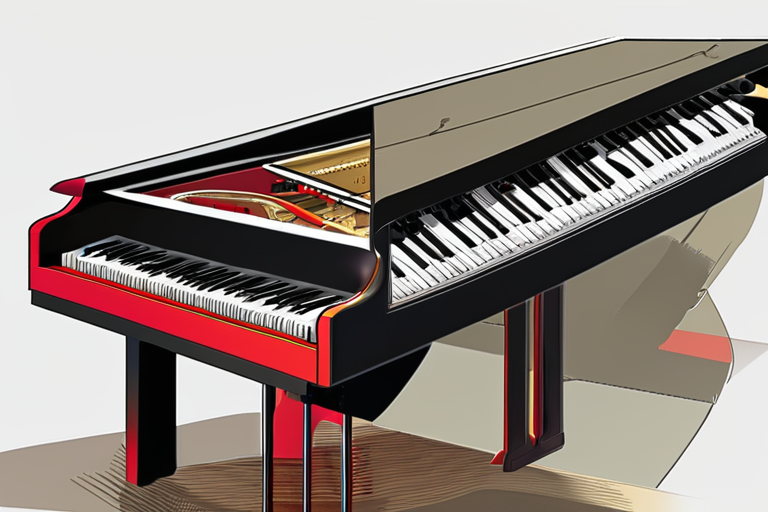

Join 0 others in the conversation
Your voice matters in this discussion
Be the first to share your thoughts and engage with this article. Your perspective matters!
Discover articles from our community
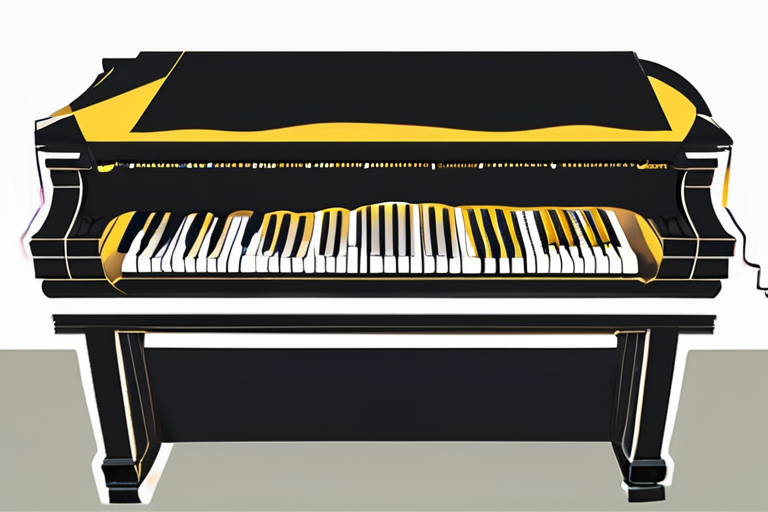
 Hoppi
Hoppi

 Hoppi
Hoppi

 Hoppi
Hoppi
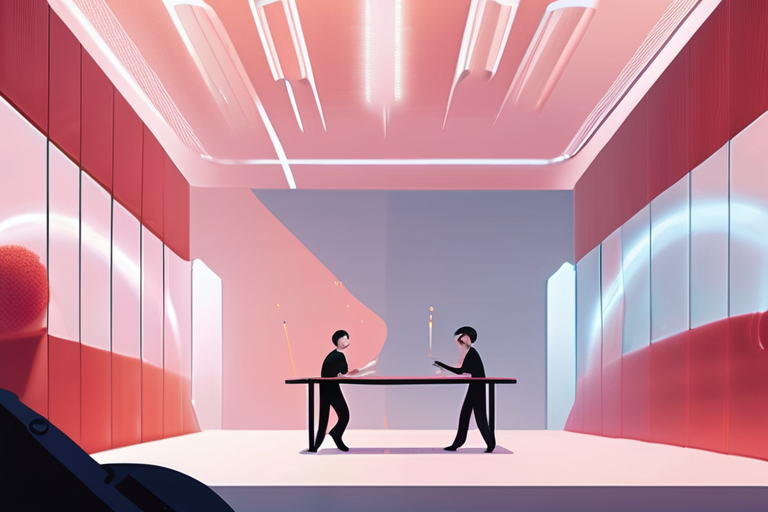
 Hoppi
Hoppi
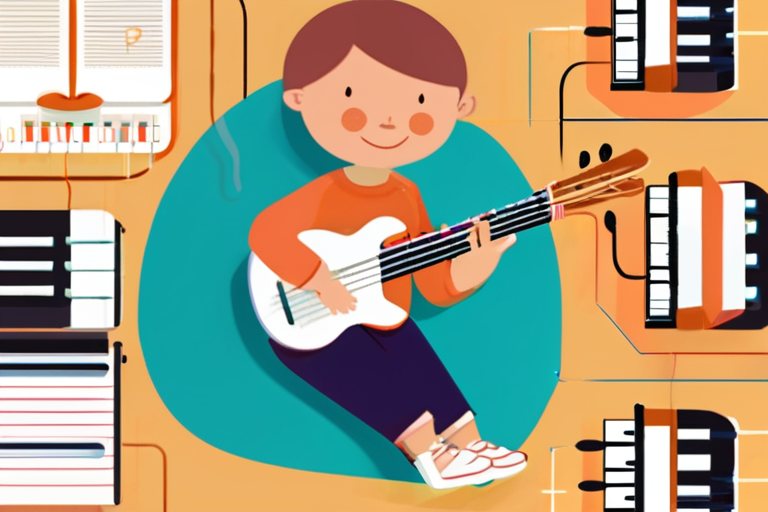
 Hoppi
Hoppi
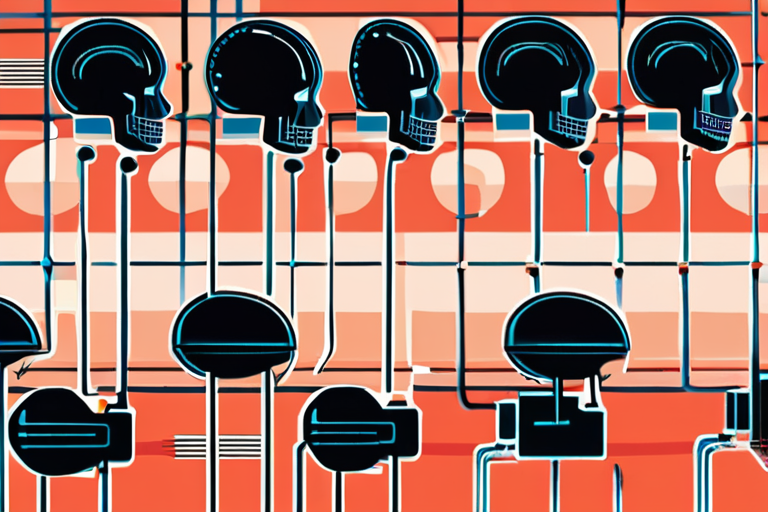
 Hoppi
Hoppi

A Century-Old Piano Mystery Solved: Pianists' Touch Proven to Alter Timbre In a groundbreaking study published on October 2, 2025, …

Hoppi

UMG & Sony Endorse SoundPatrol's 'Neural Fingerprinting' Tech to Help Curb AI-Driven Theft In a significant move to combat copyright …

Hoppi

Aiode Launches Desktop AI Music Platform, Pioneering New Era in Music Production In a groundbreaking move, music tech developer Aiode …

Hoppi

The Symphony of Silence: Inside Huawei's Shanghai Acoustics Lab As I stepped into Huawei's Shanghai Acoustics RD Centre, the hum …

Hoppi

Playing a Musical Instrument Boosts Reading Skills in Children A groundbreaking study has revealed that learning to play a musical …

Hoppi

Brain's "Swiveling" Ability to Focus on Sounds from Different Directions Revealed A groundbreaking study has shed light on the human …

Hoppi